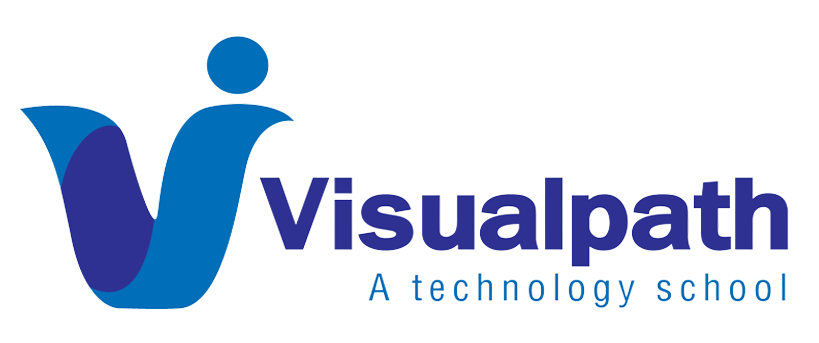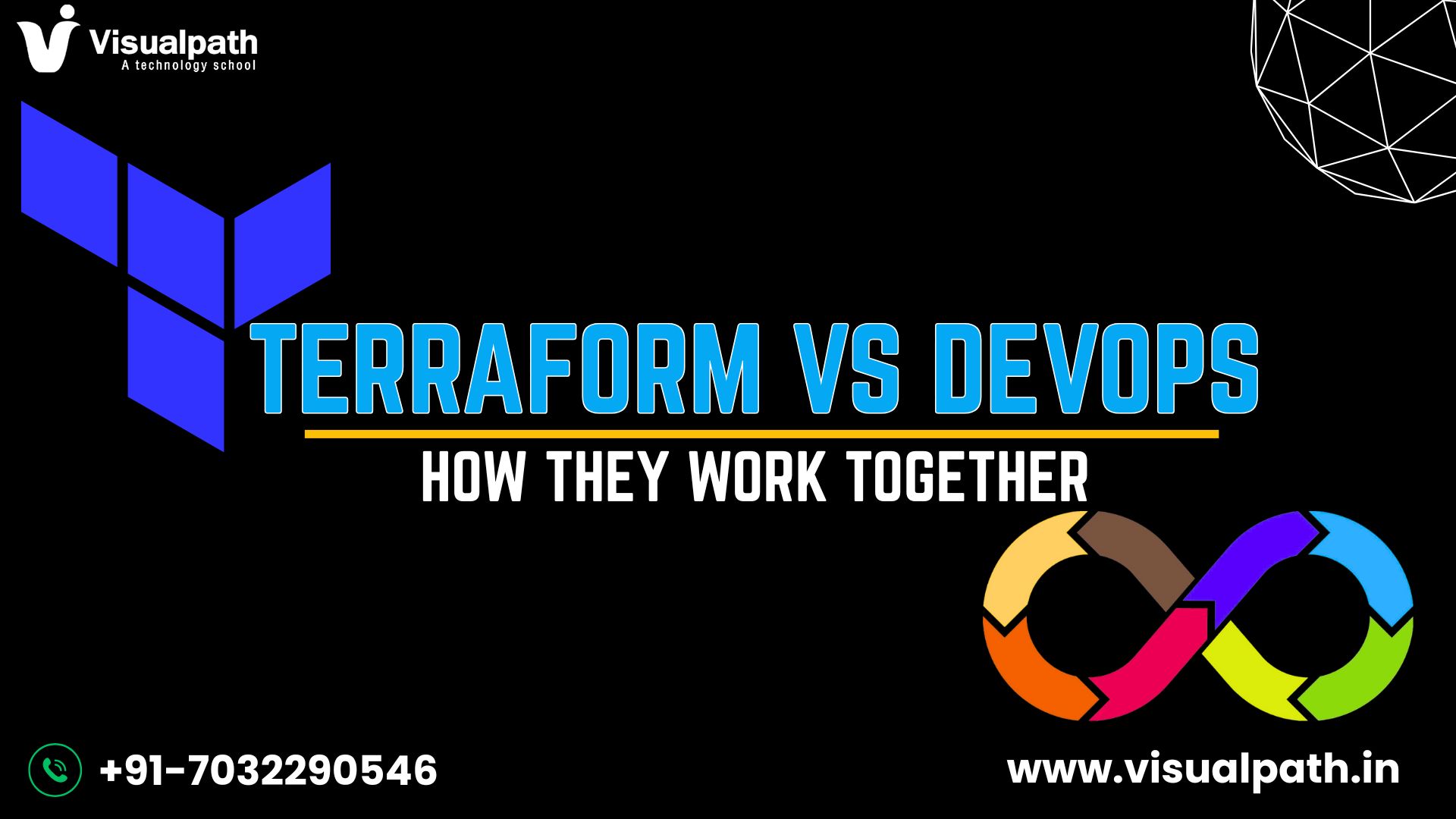Terraform vs DevOps. While they each play distinct roles, they are increasingly being used together to create more efficient, scalable, and automated workflows. So, what exactly are Terraform and DevOps, and how do they complement each other? In this article, we’ll explore the core principles of each and explain how they can work together to streamline your infrastructure management and development processes.
Understanding Terraform and DevOps
Terraform is an open-source Infrastructure as Code (IaC) tool that allows developers and operations teams to define, provision, and manage infrastructure using declarative configuration files. By using a configuration language called HashiCorp Configuration Language (HCL), Terraform enables teams to treat infrastructure as code, making it easier to automate and version control infrastructure changes. It supports cloud providers like AWS, Azure, and Google Cloud, among others, enabling seamless provisioning of servers, networks, databases, and more.
Conversely, DevOps includes a set of practices and cultural philosophies designed to bring together development teams and IT operations teams. DevOps aims to shorten the development lifecycle, improve collaboration, and ensure faster and more reliable software delivery. Automation, continuous integration/continuous delivery (CI/CD), monitoring, and feedback are among the fundamental principles of DevOps. By emphasizing collaboration and automation, DevOps seeks to break down silos between teams, resulting in smoother and faster deployments.
For those looking to dive deeper into these practices, DevOps Training can provide you with the essential knowledge and skills required to successfully implement these principles in real-world scenarios. By understanding both Terraform and DevOps, you can build infrastructure that seamlessly integrates with modern development practices.
The Role of Terraform in a DevOps Workflow
Terraform plays a crucial role in the DevOps workflow, particularly in the Infrastructure as Code (IaC) space. In a typical DevOps environment, infrastructure is managed and provisioned through scripts or manually, which can lead to errors, inconsistencies, and difficulties in scaling. Terraform simplifies this by enabling teams to write code that automates the setup and management of infrastructure.
Several advantages arise from Terraform’s capacity to define infrastructure as code:
- Consistency: Infrastructure can be provisioned and configured exactly the same way every time, reducing the risk of errors that might occur when configuring infrastructure manually.
- Version Control: By storing infrastructure configurations in version control systems like Git, teams can track changes, roll back configurations, and ensure that infrastructure changes align with application development.
- Automation: With Terraform, teams can automate infrastructure provisioning, updates, and scaling. This is essential for creating repeatable workflows that DevOps teams can rely on to quickly and reliably deploy software.
Incorporating Terraform into your DevOps Online Training will help you understand how these automation tools can be used to streamline infrastructure management and improve workflow efficiency.
How Terraform Enhances DevOps Practices
In a DevOps environment, the key focus is on automating processes to reduce manual work and speed up the delivery pipeline. Terraform plays a central role in achieving these goals in several ways:
- CI/CD Pipelines: Terraform integrates smoothly intoCI/CD pipelines, allowing teams to automate infrastructure provisioning as part of their build, test, and deployment stages. When a new version of an application is ready for deployment, Terraform can automatically provision or update the infrastructure required to run the application.
- Cloud-Native Infrastructure: In modern DevOps environments, infrastructure is often hosted in the cloud. Terraform provides an abstraction layer that allows DevOps teams to easily define and manage cloud resources across different providers. Whether deploying on AWS, Azure, or Google Cloud, Terraform’s declarative configuration simplifies the process of provisioning cloud resources.
- Working Together of Development and Operations: DevOps seeks to remove obstacles between development teams and operations teams.By using Terraform, both teams can collaborate more effectively. Developers can write the configuration files and ensure that the infrastructure aligns with the code they are writing, while operations teams can use the same configurations to provision the required infrastructure in a consistent, repeatable manner.
By gaining expertise in Terraform, DevOps teams can significantly improve the automation and coordination within their workflows.
Benefits of Combining Terraform with DevOps
When combined, Terraform and DevOps create a powerful synergy that can significantly enhance the efficiency of an organization’s development lifecycle.
Key benefits of this combination:
- Faster Deployment: With Terraform automating the provisioning of infrastructure, teams can focus more on writing code and less on managing infrastructure manually. This leads to faster, more reliable deployments.
- Scalability: As applications grow and require more resources, Terraform makes it easy to scale infrastructure dynamically, ensuring that the right resources are always available to meet demand.
- Reduced Downtime: By automating infrastructure provisioning and updates, Terraform helps reduce human errors, which can often lead to downtime during deployments. This guarantees that services are dependable and accessible.
- Cost Efficiency: Terraform allows teams to define and manage resources with precision. By only provisioning the infrastructure that is necessary, teams can optimize their use of cloud resources, potentially reducing costs associated with over-provisioning.
As you consider how to improve your DevOps processes, enrolling in a DevOps Online Course can equip you with the necessary skills to implement these solutions in your organization effectively.
Conclusion
Terraform vs DevOps isn’t a competition — rather, it’s about how they work together to improve the speed, efficiency, and reliability of software development and operations. Terraform’s powerful IaC capabilities complement the automation and collaboration principles of DevOps, enabling teams to provision infrastructure automatically, manage resources at scale, and ensure consistent, repeatable workflows. By integrating Terraform into a DevOps pipeline, organizations can unlock the full potential of both tools, ensuring faster deployments, reduced errors, and more agile development cycles. Whether you are looking to enhance your skills through a DevOps Online Training or implement these tools in your enterprise, the combination of Terraform and DevOps is a game changer in achieving efficient, scalable, and automated development practices.
Trending Courses: MLOps, GCP DevOps, and Azure DevOps




